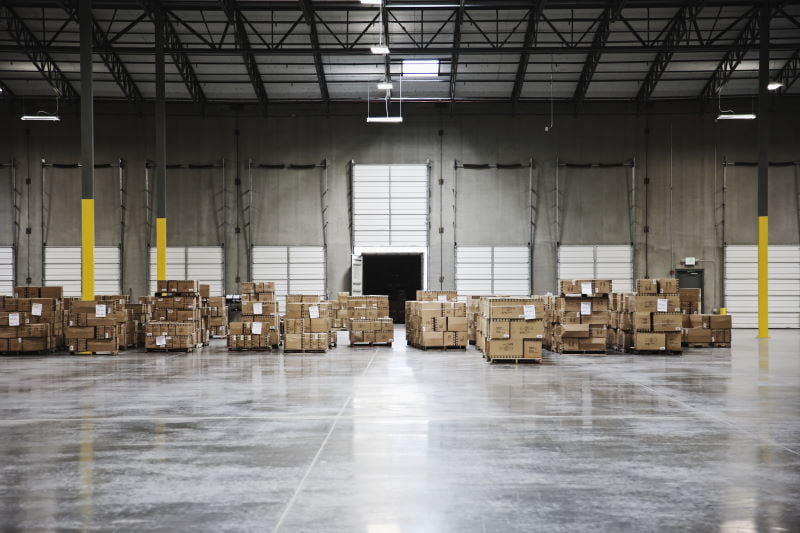Today’s article is on loading dock procedures. With all the activity going on around loading docks, there are plenty of hazards to be aware of. These hazards include slipping on a wet, oily, or broken floor surfaces, falling off dock edges, injuries from falls due to unsecured dock plates or trailer wheels without chocks, back injuries from improper lifting and carrying, and injuries from careless behavior around forklifts and other vehicles. Warehouse workers and managers need to know the procedures, housekeeping, and general tips to follow to remain safe on the loading dock.
Defining Specific Loading Dock Equipment
Before we begin talking about procedures, it is essential to know how to define specific equipment on the loading dock. These are basic definitions to keep in mind. Dock boards are still or aluminum ramps used to bridge the gap between the truck trailer and the loading dock. Dock plates are the smaller and more portable equivalent of the dock board but do not have the dock board’s weight capacity. Dock levelers are permanent devices that help correct the difference between loading docks and trailers. And finally, wheel chocks are equipment that secures the trailer’s wheels so that the trailer can not move while it’s being loaded or unloaded.
Like many workplaces, to work safely on a loading dock. You must be aware of loading dock procedures. There are many general rules to follow. So if you have any questions specific to your job site, please ask your supervisor and always make sure to use wheel chocks or trailer restraints at every bay.
Don’t Cut Corners
A warehouse is a bustling place with multiple high-priority jobs going on all at once. Employees may be tempted to cut corners on safety to save time in this fast-paced environment, but doing so may be very dangerous. If you work in a warehouse, you’re required to follow all of the safe work practices. Safe work practices include safe lifting practices, forklift safety, loading dock safety, and general safety rules. When you are working in a warehouse
Proper Lifting Is Essential
Significant safety risks when working in a warehouse are ergonomic injuries from improper lifting. The following are basic guidelines. Employees who lift heavy objects at work should be familiar with proper ergonomics, such as keeping their back straight and raising with their legs. Prevent injuries by moving heavy loads with mechanical equipment, whenever practical, avoid twisting while carrying anything; instead, turn by shifting your feet in small steps. Always get help if a load seems like more than you can comfortably lift alone.
Improper forklift operations can result in toppling material struck by injuries or crashes. So please be aware of the following. Only use forklifts if you have been authorized, and the forklift is in good working condition. Ensure that all aisles or paths used by forklifts are kept clear. All forklift operators must wear seatbelts while the forklift is in operation. Warehouses should be kept well ventilated to allow the dissipation of forklift fumes. Never move loads that exceed the forklift’s maximum weight capacity. For more information on forklift safety, call HCO Innovations Today.

